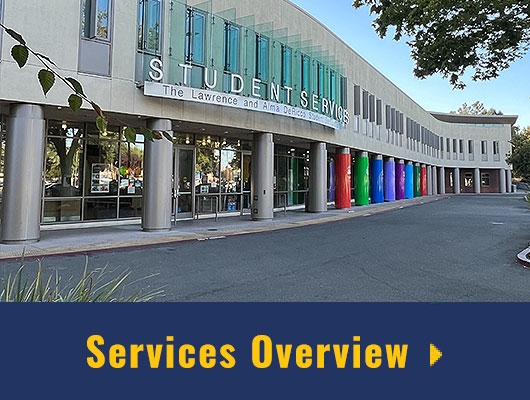It’s your responsibility to pay any interest that accrues (adds up) on your loan(s). And, in some cases, unpaid interest can capitalize (be added to your principal balance).
On a traditional repayment plan (Standard, Graduated, or Extended), your monthly loan payment covers all the interest that accrues between monthly payments. So no additional unpaid interest will accrue while you're making payments on one of these plans.
But unpaid interest can add up in some situations, such as if you’re on an income-driven repayment (IDR) plan or if you’re not making payments.
When does unpaid interest accrue (add up)?
On Income-Driven Repayment (IDR) Plans
Unpaid interest may accrue if you’re repaying your loans under an IDR plan. Under an IDR plan, your monthly loan payment can sometimes be less than the amount of interest that accrues between your payments. In this case, your payment won’t cover all of your interest, so an amount of unpaid interest will add up each month. This unpaid interest will still be your responsibility to pay until your loan is forgiven (or paid in full).
During Forbearance
You don’t have to make monthly payments during periods of forbearance. But interest continues to accrue during periods of forbearance.
During Deferment for Unsubsidized Loans
You don’t have to make monthly payments during periods of deferment. But if you have an unsubsidized loan, interest continues to accrue during periods of deferment.
During School and Grace Periods for Unsubsidized Loans
You’re not required to make monthly payments while you’re in school at least half-time or during your grace period. But if you have an unsubsidized loan, interest continues to accrue while you're in school and during the grace period.
What happens when interest capitalizes?
When your unpaid interest capitalizes, it increases the outstanding principal amount due on your loan. Then your interest is recalculated based on that higher principal balance, increasing the overall cost of your loan. And depending on your repayment plan, capitalization may also cause your monthly payment amount to increase.
When does unpaid interest capitalize?
Unpaid interest on Direct Loans and Federal Family Education Loan (FFEL) Program loans managed by the U.S. Department of Education (ED) capitalizes
- after a deferment on an unsubsidized loan; or
- if you are repaying your loans under the income-based repayment (IBR) plan and no longer qualify to make payments based on income or leave the IBR plan.
Unpaid interest on FFEL Program loans not managed by ED may capitalize
- after a deferment on an unsubsidized loan;
- after a forbearance on any type of loan;
- after the grace period on an unsubsidized loan; or
- if you are repaying your loans under the income-based repayment (IBR) plan and no longer qualify to make payments based on income or leave the IBR plan.
Example of What Happens When Interest Capitalizes
Say you have a $10,000 Direct Unsubsidized Loan with a 6.8% interest rate. On this loan, the amount of interest that accrues (adds up) each day is $1.86 (find out how interest is calculated).
In this example, you’re in a deferment for six months. During the deferment, you do not pay off the interest as it accrues. In this case, the loan will accrue $340 of unpaid interest. At the end of the deferment, the accrued interest of $340 will capitalize (be added to your principal balance).
You’ll then be charged interest on the higher principal balance of $10,340. Based on this increased principal balance, the amount of interest that accrues each day will also increase (to $1.93 per day). This will result in you paying more over the course of repaying your loan balance.






